
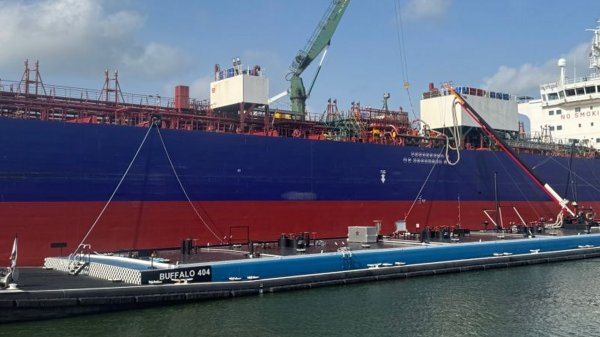
|
TFG Marine installs first ISO-certified mass flow meter on US Gulf bunker barge
Installation marks expansion of company's digitalisation programme across global fleet. |
|
|
|
||
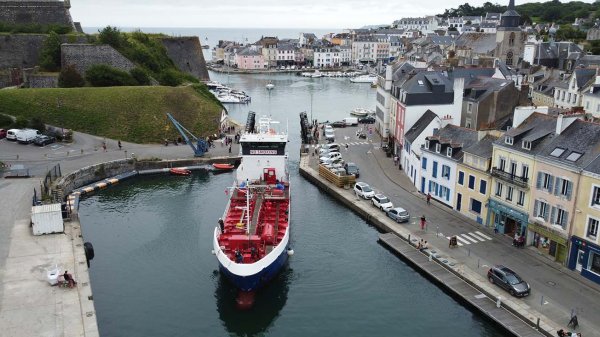
|
Sogestran's HVO-powered tanker achieves 78% CO2 reduction on French island fuel runs
Small tanker Anatife saves fuel while supplying Belle-Île and Île d'Yeu. |
|
|
|
||

|
Crowley deploys LNG-powered boxship Tiscapa for Caribbean and Central American routes
Vessel is the third in company's Avance Class fleet to enter service. |
|
|
|
||
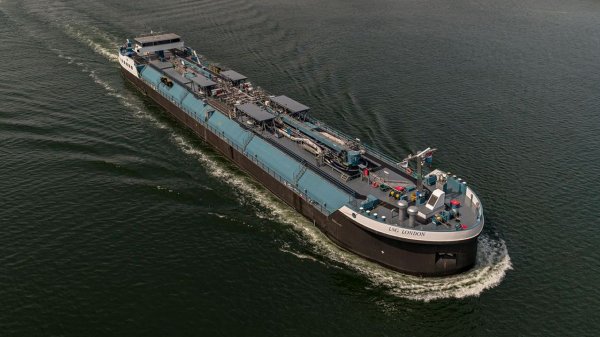
|
LNG London completes 1,000 bunkering operations in Rotterdam and Antwerp
Delivery vessel reaches milestone after five years of operations across ARA hub. |
|
|
|
||

|
COSCO vessel completes maiden green methanol bunkering at Yangpu
China's first methanol dual-fuel containership refuels with green methanol derived from urban waste. |
|
|
|
||

|
Glander International Bunkering reports stable performance amid regulatory changes
Bunker trader achieves $3bn turnover and $22m pre-tax earnings for fiscal 2024-25. |
|
|
|
||
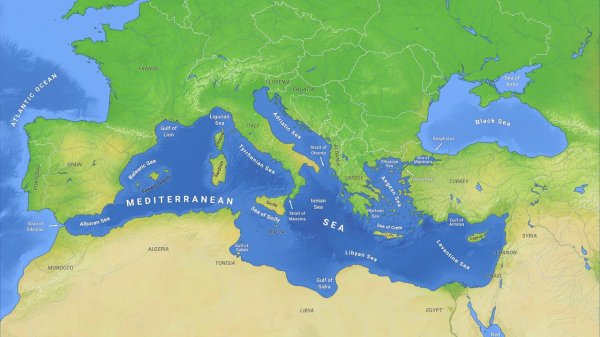
|
ULSFO demand surges in Med as ECA compliance drives fuel shift
KPI OceanConnect reports accelerating ULSFO uptake across the region. |
|
|
|
||
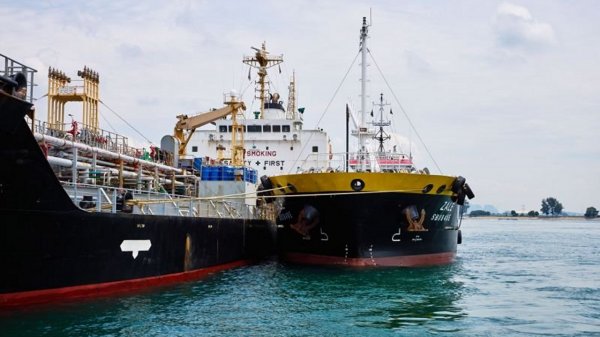
|
Monjasa reports Singapore as top bunker supply port with over 1 MMT delivered
Supplier says world's largest bunkering hub became its biggest supply location in 2024. |
|
|
|
||
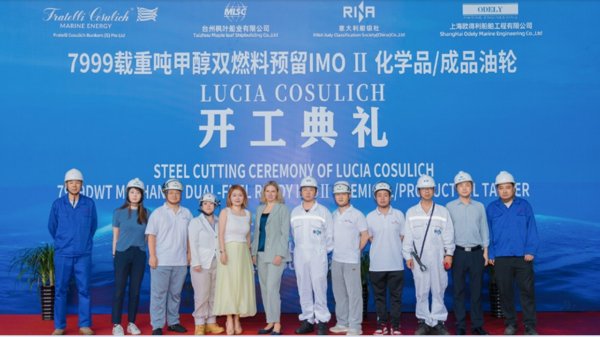
|
Fratelli Cosulich begins construction of second methanol-ready bunker tanker
Italian firm starts steel cutting for 7,999 DWT chemical bunker vessel. |
|
|
|
||
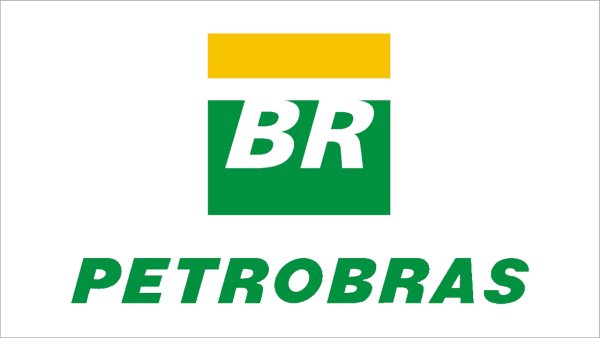
|
Petrobras introduces volume-based price discounts at Santos
Brazilian oil company offers progressive discounts for bunker deliveries exceeding 1,500 tonnes. |
|
|
|
||
| EUR 2.6m funding to develop world's largest rotor sail [Insights] |
| Fuel-saving rotor sail business gets EUR 3m funding [Insights] |
| Milestone reached: Viking Grace has refuelled with LNG 1,000 times [Insights] |